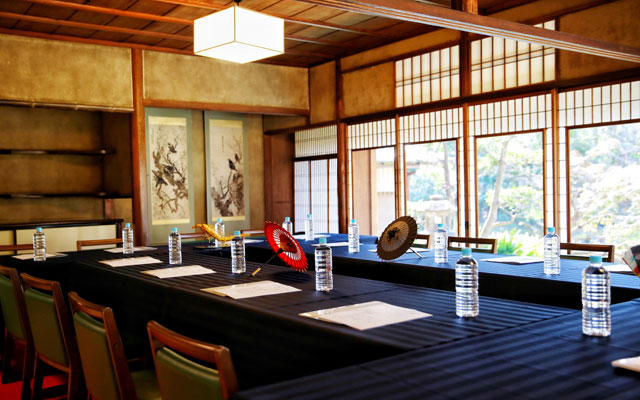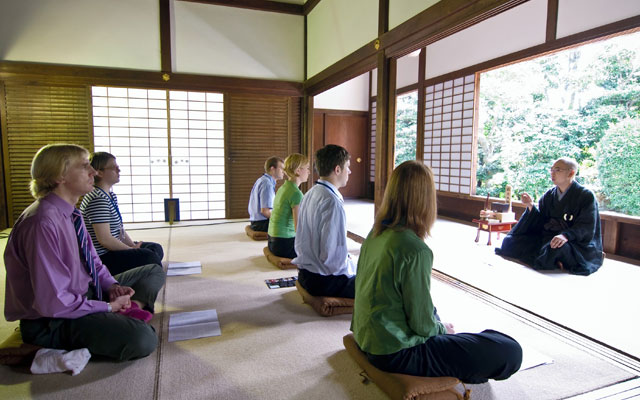The Japanese city of Kyoto has unveiled two MICE services to appeal to event organisers who are motivated, and interested, to hold sustainable meetings.
Launched in English earlier this month, the Traditional Handicraft Rental Program and Kyoto Excursion Guide build upon the city’s efforts in responsible event hosting.

Yoshiaki Matsui, deputy director, bidding and promotions division, Kyoto Convention & Visitors Bureau, told TTGmice that conducting these services is part of Kyoto’s “aspiration to become a more sustainable MICE city.” In 2016, Kyoto became the first destination in Asia to join the Global Destination Sustainability Index.
Participants of these meetings, Matsui added, can “contribute to the delivery of the UN Sustainable Development Goals”.
The rental programme features 74 handmade items by local artisans that can be used by event attendees or as decorative features in meeting rooms. Featuring craftwork unique to Kyoto, items include pass cases, neck straps, congress bags, fans, umbrellas, kimono, tapestries and lacquerware.
The programme has been billed as a way for participants to learn about Kyoto artisans and appreciate their work while helping to reduce waste. According to its description, renting “provides meeting organisers with reusable alternatives to otherwise disposable items, thus lightening the burden on the environment and contributing to the goal of building a truly sustainable society”.
Organisers, agencies and event-related facilities can apply for the programme, provided their primary event takes place in Kyoto city with a minimum group size of at least 30.

The excursion guide, meanwhile, offers 10 activities under the themes of teambuilding, community development, cultural experience, traditional industry and networking. Examples include woodworking with sustainably grown cedar, Zen meditation at a temple, bonsai garden-making with an artisan, workshops in cultural properties, and knowledge exchange with Kyoto-based companies.
These excursions “contribute to the preservation of Kyoto’s cultural heritage and natural environment, giving back to the communities that make these unique experiences possible” stated the guide. The guide also includes an overview of the activity, the suggested time, how to get there from main hubs, cost per person and minimum number of pax required.





















